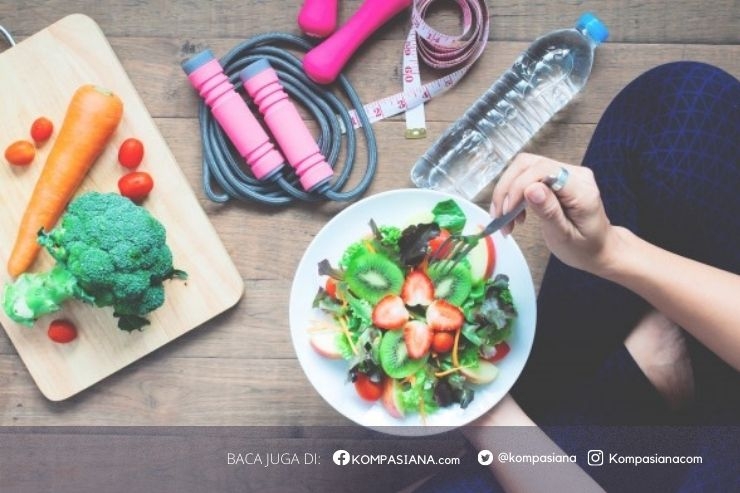written by: Regina Ivanovna, CIMSA lokal Universitas Andalas
In the year 2000, 189 of United Nations member states agreed to adopt Millenium Development Goals (MDGs). Eight international development goals are slated for completion by 2015. The MDGs is not the United Nations goals, even if the United Nations is actively involved in the global conversation to realise them. MDGs are the goal and responsibility of all United Nations member states, both in its people and is shared among governments. With three years until 2015, it is essensial to keep track of the progress towards the Millennium Development Goals (MDGs).
Millenium Development Goal 5 is to improve maternal health. The goal target to 2 points, respectively: 1) Reduce by three quarters, between 1990 and 2015, the maternal mortality ratio (5A) and 2) Achieve, by 2015, universal access to reproductive health (5B). The target later described into several milestones.
United Nations Summit, New York 2010. An issue of "where do we stand?" brought bemused facts. 1) More than 350.000 women die annually from complications during pregnancy or childbirth, almost all of them -99 per cent - in developing countries. 2) The maternal mortality rate is declining only slowly, even though the vast majority of deaths are avoidable. 3) In sub-Saharan Africa, a woman's maternal mortality risk is 1 in 30, compared to 1 in 5,600 in developed regions. 4) Every year, more than 1 million children are left motherless. Children who have lost their mothers are up to 10 times more likely to die prematurely than those who have not.1
Now let's take a look in the attainment of MDG 5 in Indonesia. Three indicators implemented are 1) Maternal mortality rate (MMR) per 100,000 live births; 2) Proportion of births attended by skilled health workers (%); 3) The proportion of women 15-49 years old who is married and using contraception (%); 4) Teen birth rate (women aged 15-19 years) per 1000 women aged 15-19 years; 5) Antenatal care coverage (at least one visit and four visits); and 6) Unmeet needs.
By 2010, the first indicator remains far from the target. The 2015 target is 102 maternal death per 100.000 live births, where the position was 228 maternal death on 2007. The maternal death status quo, although the number is decreasing from 1991 (390 cases), remains vulnerable. With the status of need special attentions, there should be a lot of hardworks to overcome the maternal death.
A maternal death is "the death of a woman while pregnant or within 42 days of termination of pregnancy, irrespective of the duration or site of the pregnancy, from any cause related to or aggravated by the pregnancy or its management, but not from accidental causes."2 The lifespan of woman is different each country. In Indonesia, the maternal lifetime risk of maternal death is 1 in 97 where in China, it is 1 in 300.2 This fact shows a wide gap of lifetime risk of reproductive age woman in Indonesia, compared to another country.
In Indonesia, complications from abortion are believed to be responsible for 15% of maternal deaths in Indonesia.2Data showsof the 750,000to one million abortions each year in Indonesia, 89% were among married women and 11% were among single women. It is estimated that 70% of women who have had an abortion were trying to abort using traditional herbs (jamu), traditional massage, or an object, or sought an abortion from a traditional healer (dukun) before coming to the clinic. This is a cause of concern because these attempts can be life threatening and dangerous for women's health.2Maternal mortality due to unsafe abortion and complication of the pregnancy and labor are highy related to the birth attendant, where the topic will be discussed next.
Indonesia is among the 11 countries that contribute 65 percent of world maternal deaths.3The tendency of women living in rural areas to deliver their baby at home, about six out of 10.3 The traditional birth attendants (dukunberanak or shaman) are the choices for pregnant women in rural areas due to the financial problem and lack of education. According to WHO, a skilled attendant refers to "an accredited health professional-such as a midwife, doctor or nurse- who has been educated and trained to proficiency in the skills needed to manage normal (uncomplicated) pregnancies, childbirth and the immediate postnatal period, and in the identification, management and referral of complications in women and newborns."2 Traditional birth attendant is exclude the criteria of skilled health workers, and might be incompetence to manage a safe delivery.
In Jember, east Java, a woman with anemia and malnutrition came to the traditional birth attenddant. During the labor, the woman started bleeding and the attendant did not recognize the seriousness of the problem until she collapsed.3 In Papua, a pregnant woman come to traditional birth attendant for help, and the attendant usually cut the umbilical cord using bamboo fibers and wipes the baby by guava leaves.3 The main cause of maternal death in Indonesia is bleeding (30% of maternal death), followed by pre- and post-eclampsia (25%), infection (12%), and the complications of abortion (8%) and prolonged labor (5%), which a traditional might not recognize.4
Thelevel of delivery by traditional birth attendant should be decreased, and to answer the problem-the availability of skilled health workers to attend the delivery should be in attention.Except the disparity of the distribution rate, the percentage of the attending of skilled health workers keeps increasing. From 2002, the number is 66,7% and continuing to rise to 77,34% in 2009.5







